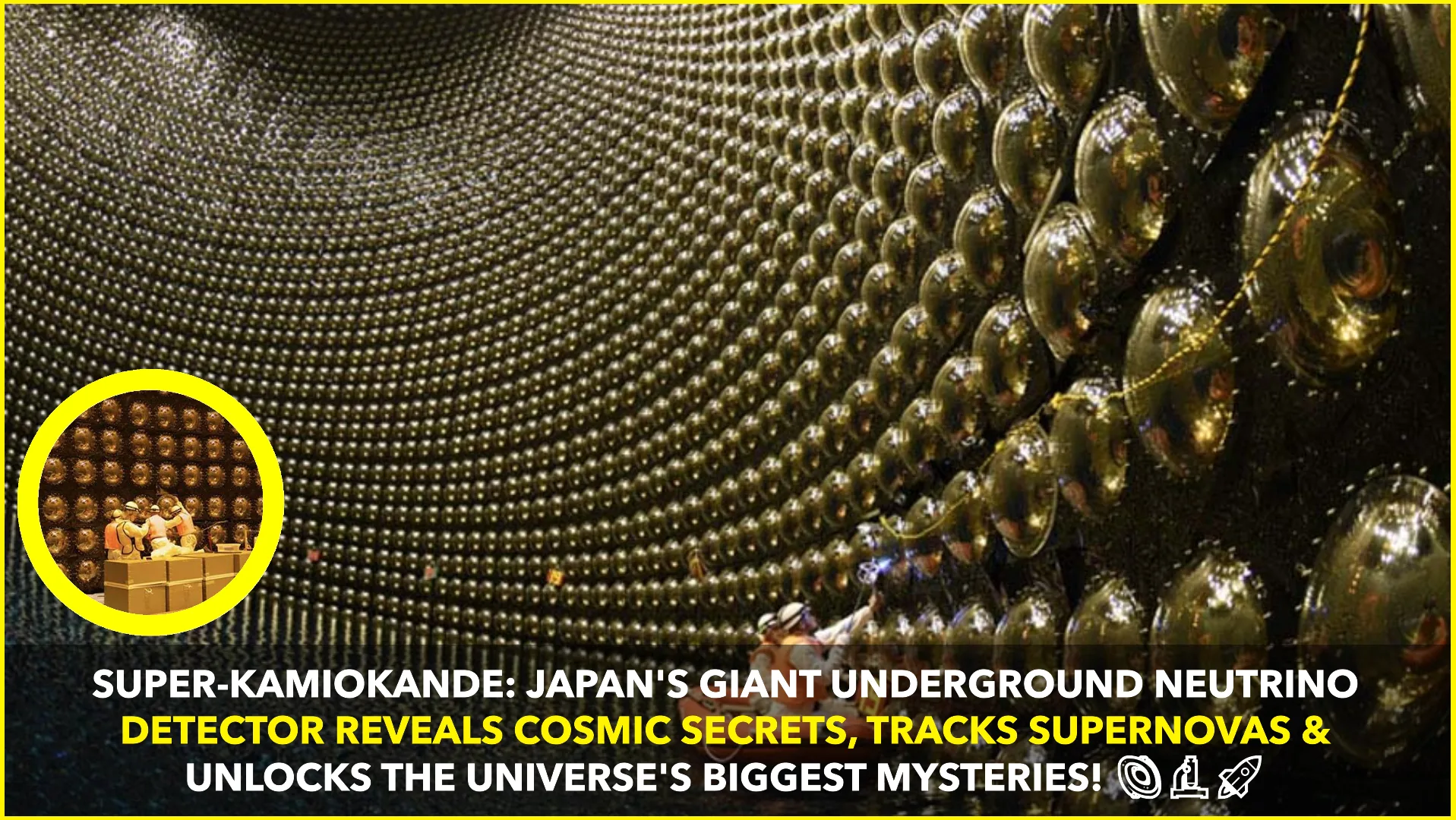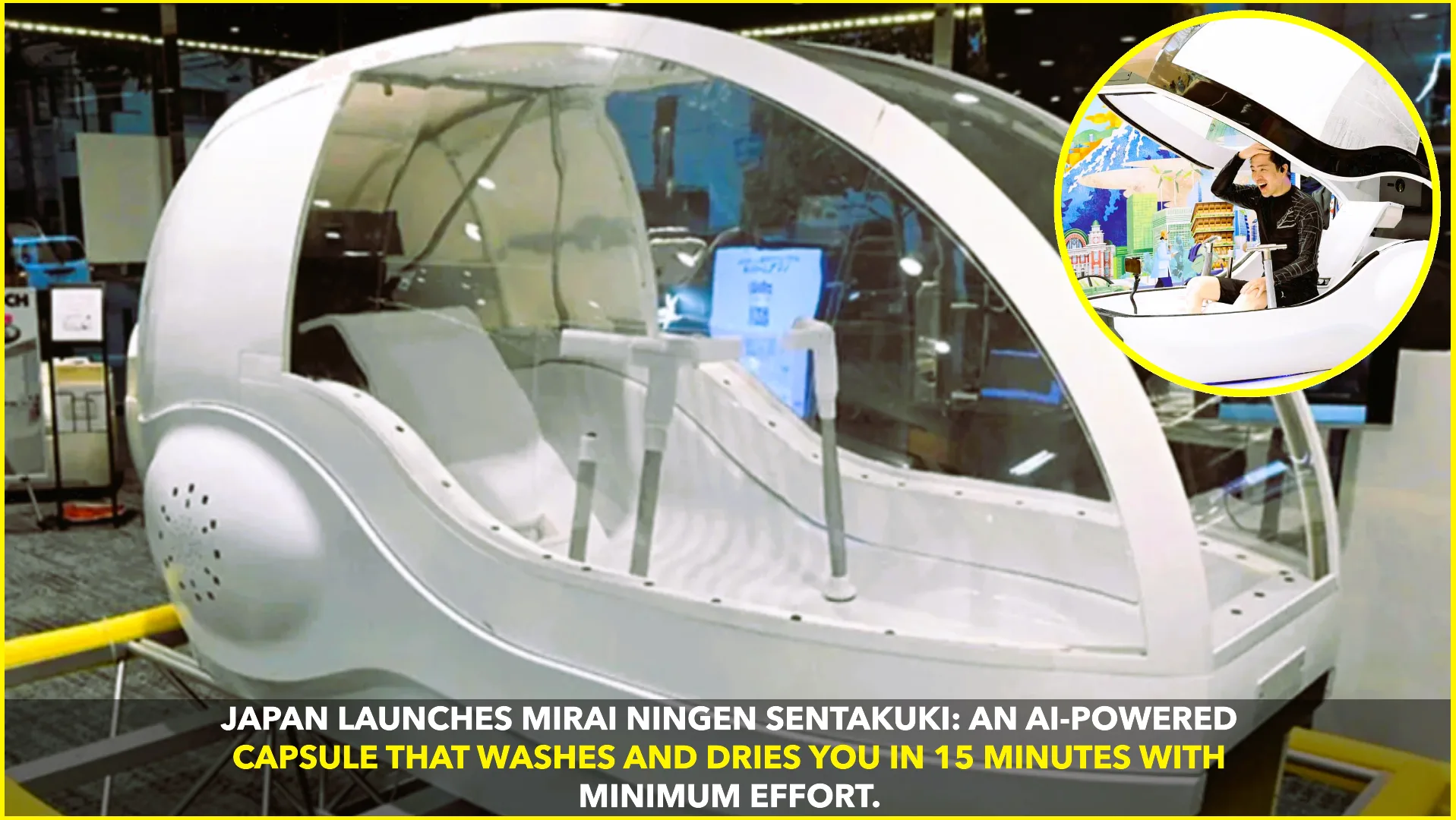Nestled deep within Japan’s Mount Ikeno, Super-Kamiokande stands as one of the world’s most advanced neutrino detectors. This colossal underground observatory, filled with 10,000 tons of ultra-pure water, plays a crucial role in unraveling the enigmatic properties of neutrinos—some of the most elusive particles in the universe.
A Monumental Scientific Achievement
Super-Kamiokande, often referred to as Super-K, is operated by the University of Tokyo’s Institute for Cosmic Ray Research. This facility, located 1,000 meters below ground in Gifu Prefecture, was designed to study neutrinos from various sources, including the Sun, the atmosphere, and artificial neutrino beams. Since its inception in 1996, it has led to groundbreaking discoveries that have reshaped the understanding of particle physics.
One of Super-Kamiokande’s most significant contributions was the confirmation of neutrino oscillations—an observation proving that neutrinos have mass. This discovery, which challenged the long-held Standard Model of particle physics, earned the 2015 Nobel Prize in Physics for researcher Takaaki Kajita, who was instrumental in the detector’s work. By analyzing how neutrinos change their type—or “flavor”—as they travel, scientists gained deeper insights into their fundamental properties.
The Role in Supernova Detection
Beyond its neutrino studies, Super-Kamiokande serves as a crucial early warning system for supernovae, the explosive deaths of massive stars. When a star undergoes a supernova explosion, it releases an immense burst of neutrinos. Since neutrinos escape a collapsing star before light does, detecting them allows scientists to alert the global astronomy community to observe the event with telescopes.
This capability was demonstrated in 1987 with Super-Kamiokande’s predecessor, Kamiokande-II, which detected neutrinos from Supernova 1987A. This historic detection marked the first real-time observation of neutrinos from a supernova, confirming key theories about stellar evolution and the role neutrinos play in cosmic events. Super-Kamiokande has since enhanced this role, continuously monitoring the universe for these high-energy signals.
Recent Upgrades: Improving Sensitivity with Gadolinium
Super-Kamiokande has undergone several upgrades to enhance its performance. One of the most significant recent improvements is the addition of gadolinium, a rare-earth element, to its water tank. This modification, known as the Super-Kamiokande Gadolinium Project (SK-Gd), boosts the detector’s ability to distinguish neutrinos from background noise. By improving sensitivity to electron antineutrinos, this upgrade enhances the ability to study supernova neutrinos and provides a clearer picture of astrophysical phenomena.
The inclusion of gadolinium enables better detection of diffuse supernova neutrino background (DSNB), a faint yet pervasive signal from all past supernovae in the universe. This means that Super-Kamiokande is now better equipped to study the cosmic history of stellar explosions, offering new insights into the life cycles of stars and the evolution of galaxies.
A Window into the Universe’s Mysteries
Super-Kamiokande continues to be at the forefront of astrophysical and particle physics research. Its findings are vital not only for understanding neutrinos but also for addressing some of the universe’s biggest questions. Scientists are hopeful that further research with the detector will contribute to resolving mysteries such as the matter-antimatter asymmetry and the role of neutrinos in the formation of the cosmos.
As technological advancements progress, Super-Kamiokande remains a beacon of scientific discovery, pushing the boundaries of what is known about the fundamental building blocks of the universe. With future upgrades and continued observations, this underground marvel will continue to provide unparalleled insights into the hidden forces that shape our cosmos.










